Weather
All Weather Content
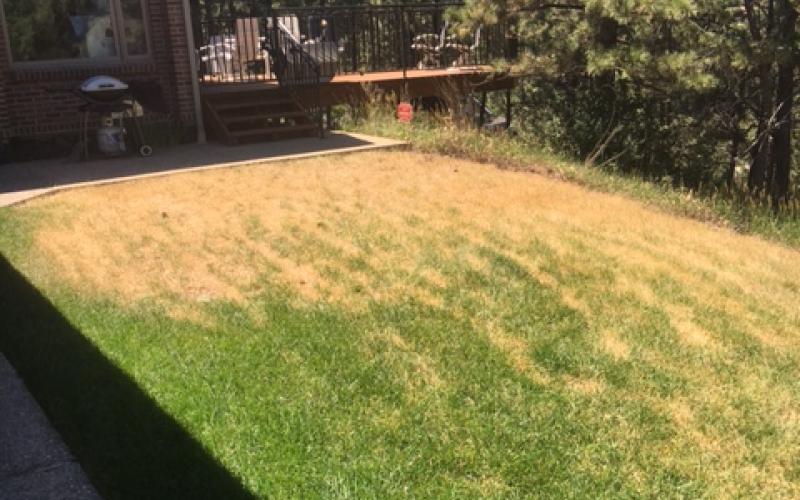
Dealing with Drought Stressed Lawns
Drought is a common concern across the region this summer affecting landscapes in many ways, but probably most noticeably in its impact on lawns.
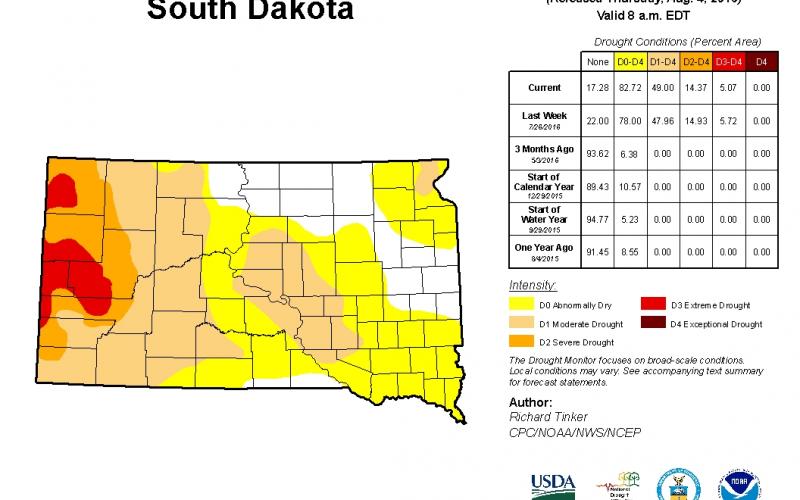
Water Conservation and Efficiency During Times of Drought
As drought conditions continue to expand across the state this year, more thought is given towards South Dakota’s limited water resources. We live in a state where weather conditions and rain patterns seem to comfortably exist at the extremes; we either have way too much or nearly not enough. While this isn’t always the case, it is important to keep in mind that our water resources are finite and all of us should be thinking about doing what we can to protect them.

Understanding Water Conservation Measures for Lawns and Sports Turf
As of August 29th the city of Sioux Falls has moved from Stage 1 watering, which allowed every other day watering except between the hours of 12 noon and 5 PM, to Stage Two water restrictions; allowing only one day per week watering based upon the last number of the residence address. The watering schedule is determined by the flow of the Big Sioux River as measured by the USGS Monitoring Station located near Dell Rapids, SD.
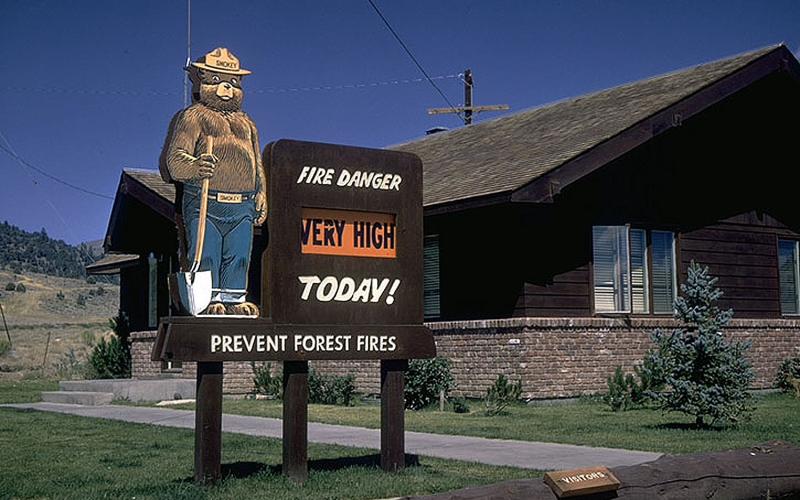
Campfire Safety in Drought Conditions
During fire season, open fires may be prohibited or otherwise restricted by the regulatory agency in charge of the campground or facility that you are visiting.
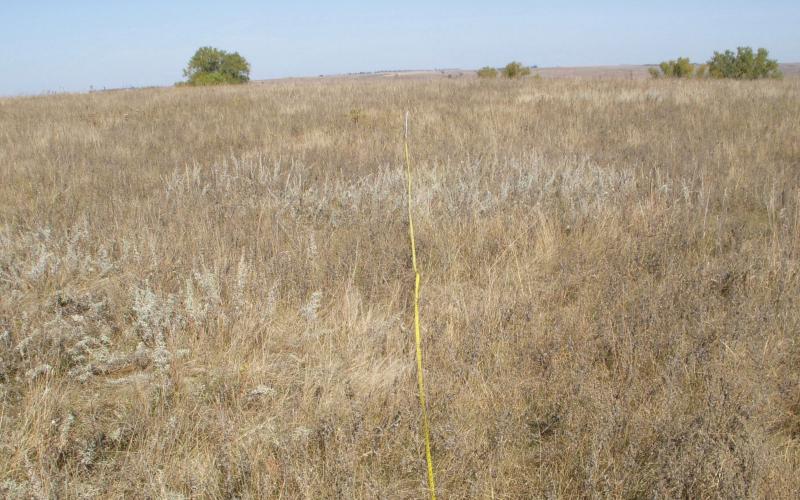
Natural Resources: The Ranch Foundation During Drought
Just as every factory needs a sturdy and healthy foundation to be sustainable, a ranch manager must keep a watchful eye on the natural resources of the ranch during drought.
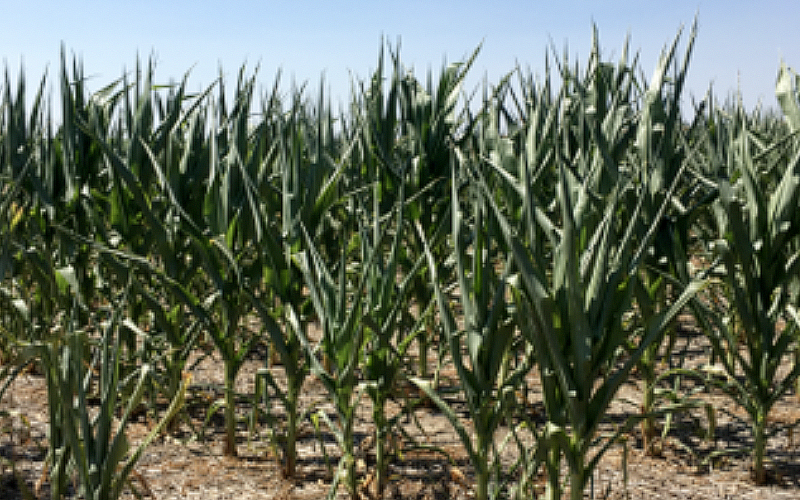
Using Drought-Stressed Corn as Forage
When drought has compromised tonnage of corn grain, silage producers may still retain part of its feeding value.
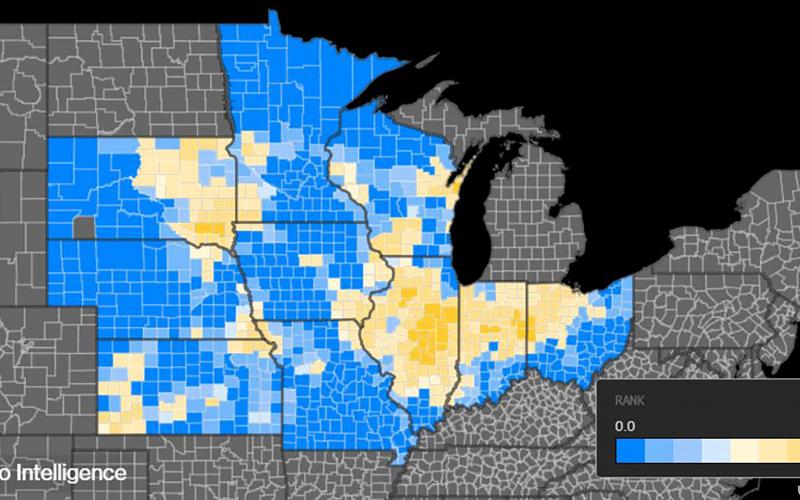
Stretching Corn Silage Supplies
During the 2002 drought there was a need to stretch corn silage supplies as a result of the drought that affected the U.S. Now we deal with the opposite scenario, where excessive spring rains have not allowed farmers to get to the fields. In both situations livestock producers face challenges.
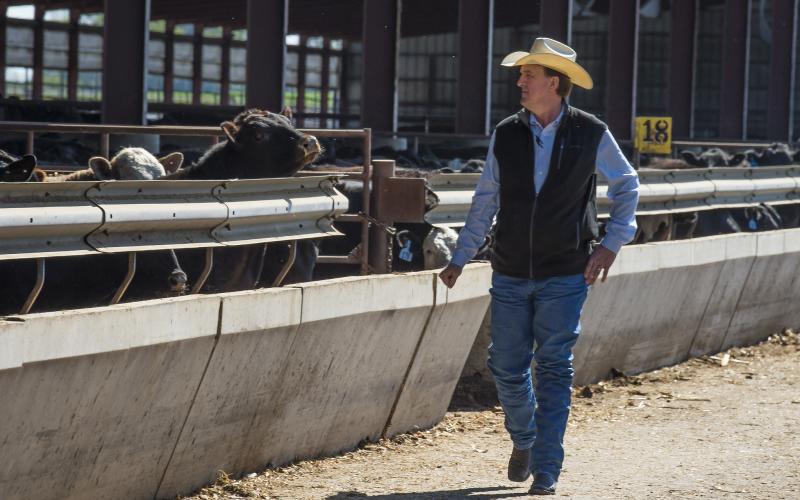
Making Use of “Ugly” Feeds
Feed does not have to be perfect to be useful. The key to making smart feeding decisions is knowing what the imperfections are and adjusting accordingly.
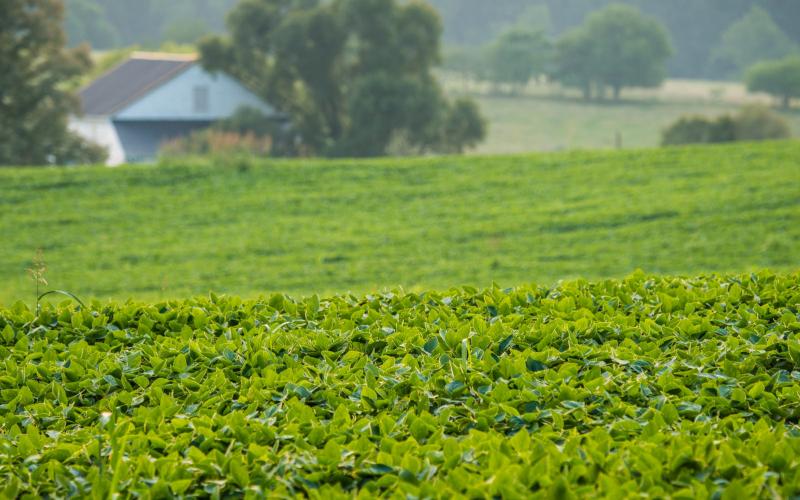
Soybeans & Sunflowers: Alternative Cattle Forages
Alternative forages like soybean silage or hay, and sunflower silage, can help stretch conventional forage supplies and help avoid overgrazing pasture.
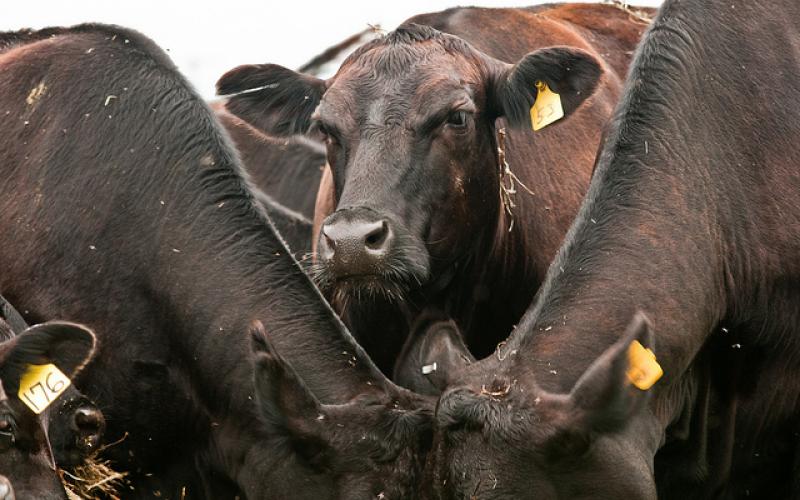
Feeding Drought-Stressed Crops to Cattle
Can drought-stressed crops be be utilized as feed? The answer is yes, if we know what the levels of nitrates are in the feedstuffs in question.